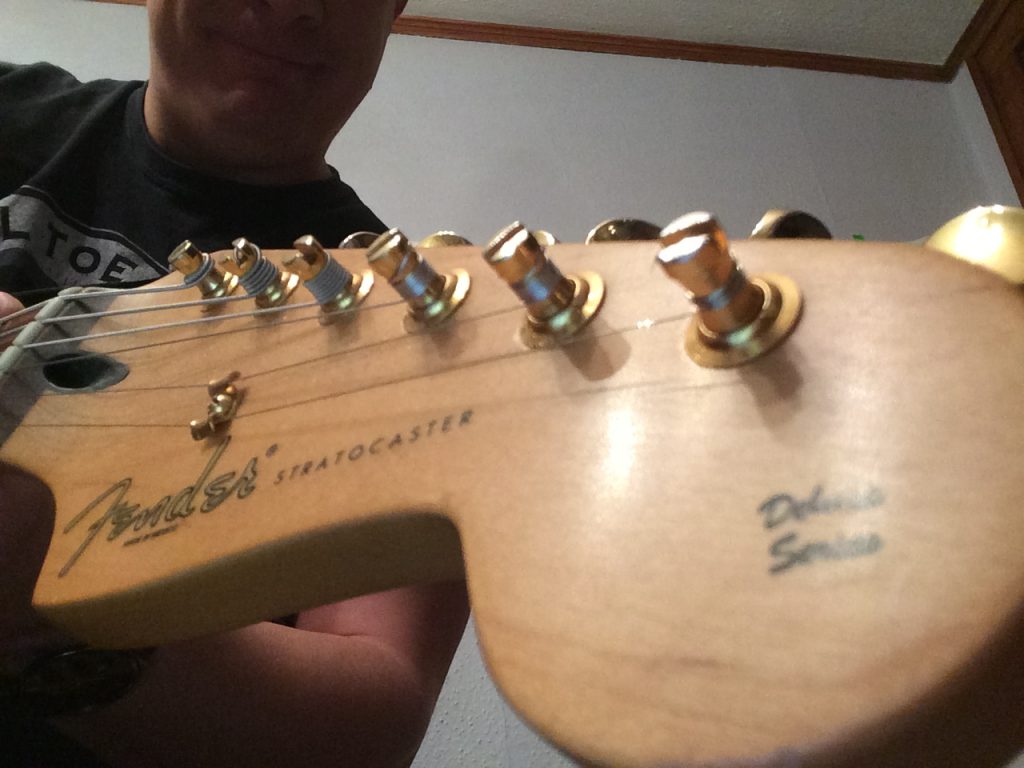Have a goal with each practice session. Work on something specific. This is important for guitar players and musicians who have been playing for a while and already possess some skill. Practicing familiar songs, riffs, and licks is comfortable and fun, but this can sometimes lead to stagnation. Free improvisation or noodling shouldn’t be discounted as these can lead to ideas, but working on something mindfully can yield amazing results.
After a good warmup, (see my article on warming up here http://steellemon.com/2016/11/17/practice-tips-1-warm-up/), figure out how much time you have to practice, then decide what you’d like to play and improve. Set a goal. Here are a few examples.
- Notes on the fretboard study, 2 minutes
- Economy Picking, 10 min
- Sweet Child ‘O Mine, Guitar solo #3, 5 min
- 6432 Jazz Voicings, Major 7 chords, all keys, 5 min
- Brown Eyed Girl, (guitar, singing, and lyrics) 2nd verse, 5 min
It is also crucial to have long term goals. Take a little time every once in a while to evaluate your playing, then set some bigger goals for yourself. The aforementioned practice ideas are the smaller bites that you can take to keep moving forward. Your long term ambitions might look like the following in relation to the previously mentioned practice examples.
- Learn every note of the fretboard
- Have fluidity and rhythmic accuracy with economy picking
- Learn Sweet Child ‘O Mine, note for note
- Master 6432 jazz voicing for Maj7, Dom7, m7, m7b5, and dim7.
- Play Brown Eyed Girl at the annual neighborhood bonfire
A little bit of thought put into your practice time will keep your practice sessions focused. Choose goals that challenge you, and with time and persistence, you will improve. Have fun and practice hard!




